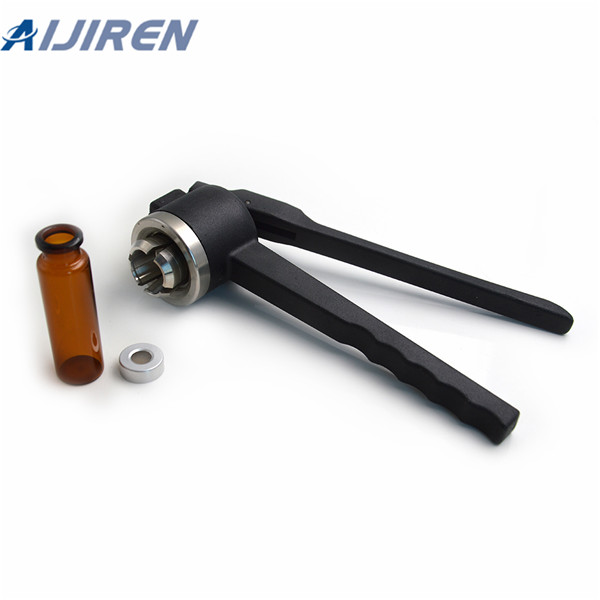
Type 1 grade glass (defined by the hydrolytic class norm type vials we tested vials of the 51 and 70 type, in order.
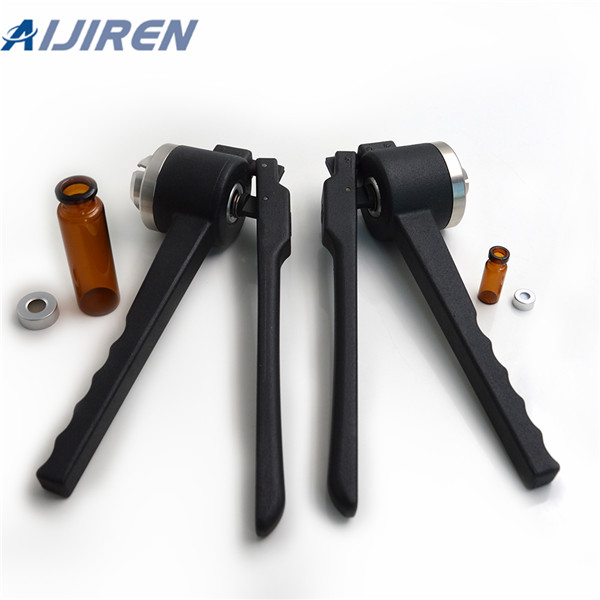
Mar 30, 2012 First hydrolytic class glass is very hard and has a low expansion ... equally suitable for use as an auto sampler vial for chromatography.
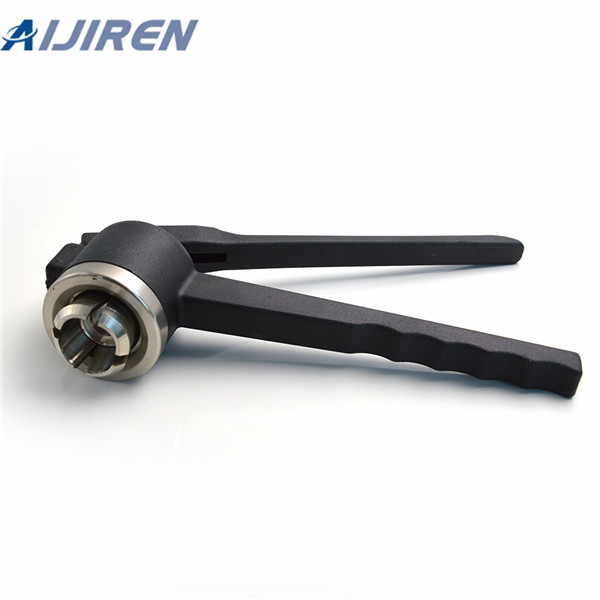
Applied to glass containers for aqueous parenteral preparations. ▫ Limit Value ≤ 0,1 ppm of As. ▫ For coloured glass containers. ▫ UV-VIS sprectrometer with.
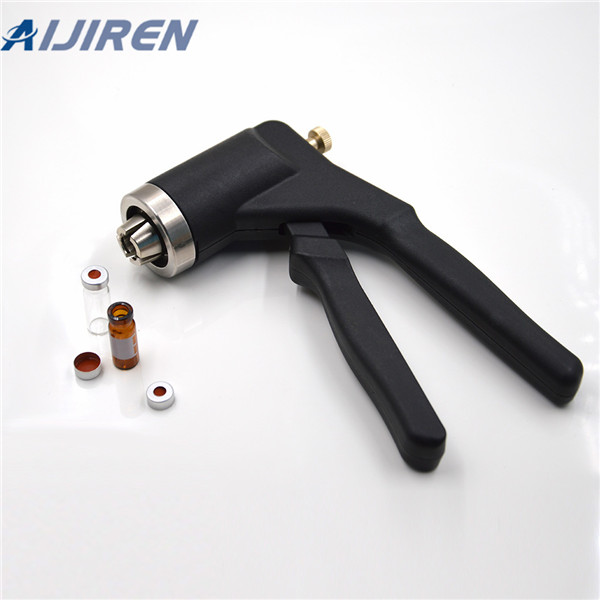
t Superior quality 33 expansion borosilicate clear (Type 1, Class A) or 51A amber (Type 1 Class B) glass t Fixed insert or conical base vials for limited
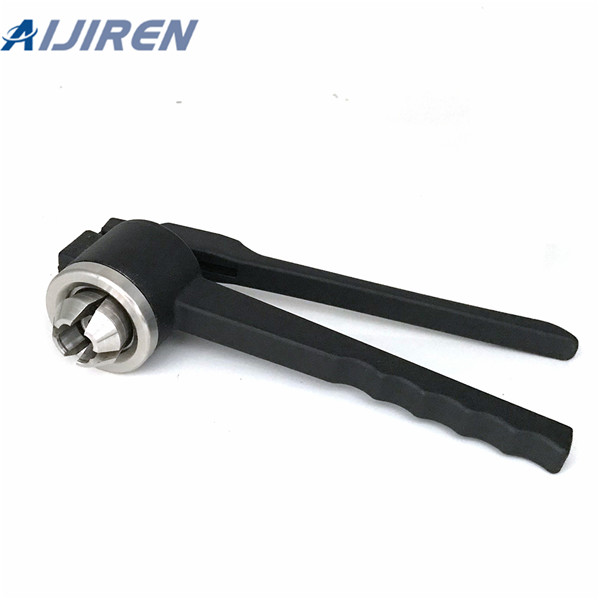
Aijiren Tech Vials & Closures. Vial/Glass quality comparison, 1st hydrolytic class glass types, 33 vs 70. 33 expansion glass, clear. 70 expansion glass

Superior quality 1st hydrolytic class glass (Type 1) in clear and amber, National Certified Vial Kits are fully lot-tested including HPLC and GC ...
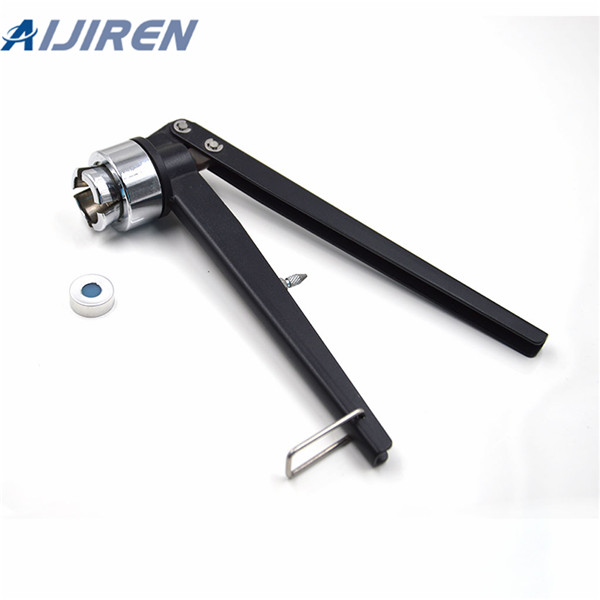
All vials are made from 1st hydrolytic class 51 expansion glass, the physical properties of which allow the manufacturing of clean, precision fit vials.
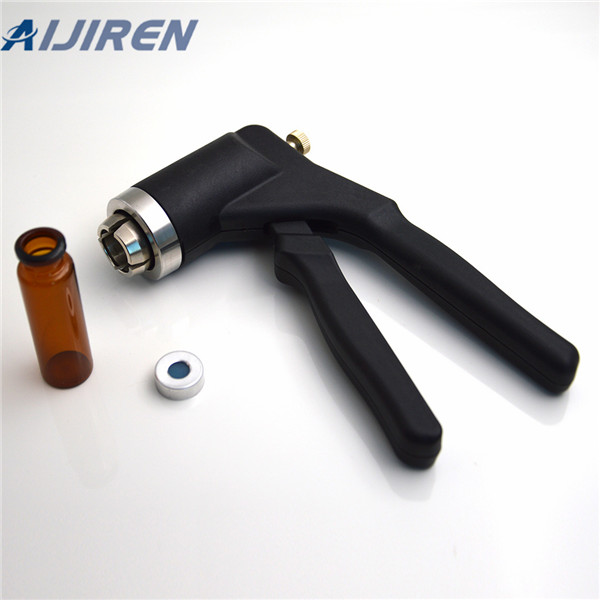
Clear or Amber borosilicate glass: High quality Type I, 51-expansion glass for quality control during manufacturing process to test the vial dimensions; ...
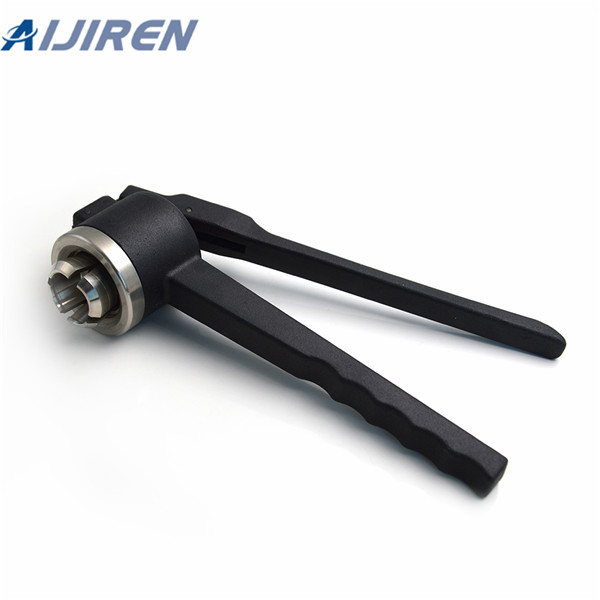
Vials – Only Type 1 borosilicate glass is used to make Low Adsorption products. Amber vials are produced from Grade B, 51 expansion glass because 33 ...
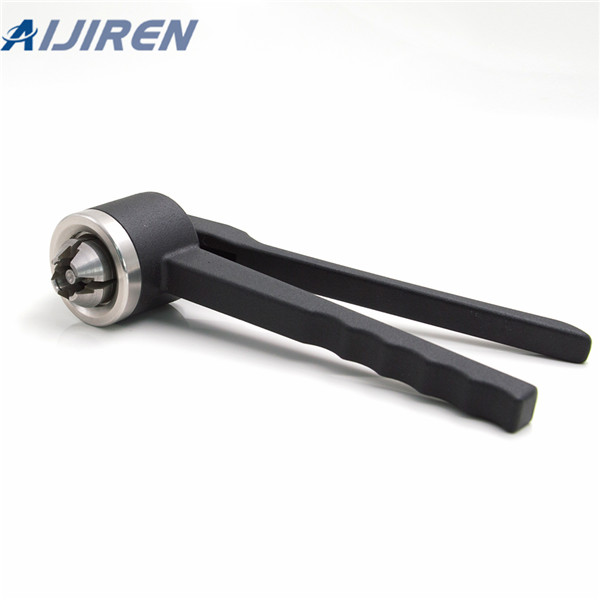
other vials of 1st hydrolytic class glass (without surface treatment). glass in 33 expansion and amber glass in 51 expansion.

51 type made in Europe. E. Aijiren Tech Vials & Closures. Vial/Glass quality comparison, 1st hydrolytic class glass types, 33 vs 70. 33 expansion glass

Tubular Glass Vial Market Information Chromatography, DNA testing, genome sequencing ... borosilicate glass for Type 1, Class A specifications.
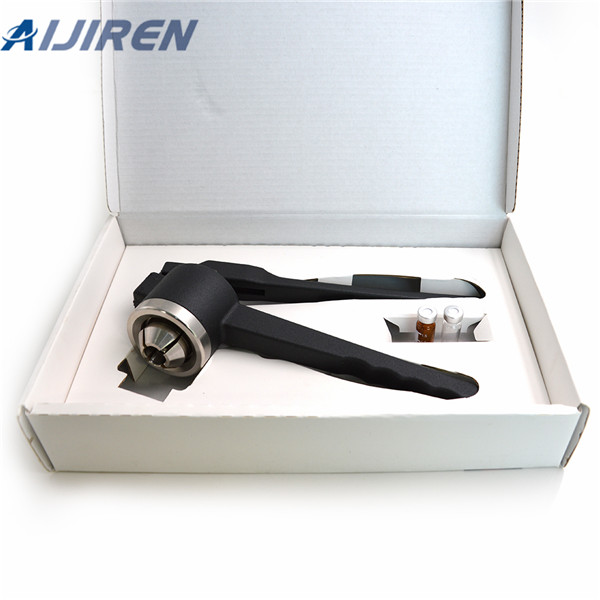
Superior quality 33 expansion borosilicate clear (Type 1, Class A) or 51A amber (Type 1 Class B) glass. • Fixed insert or conical base vials for limited
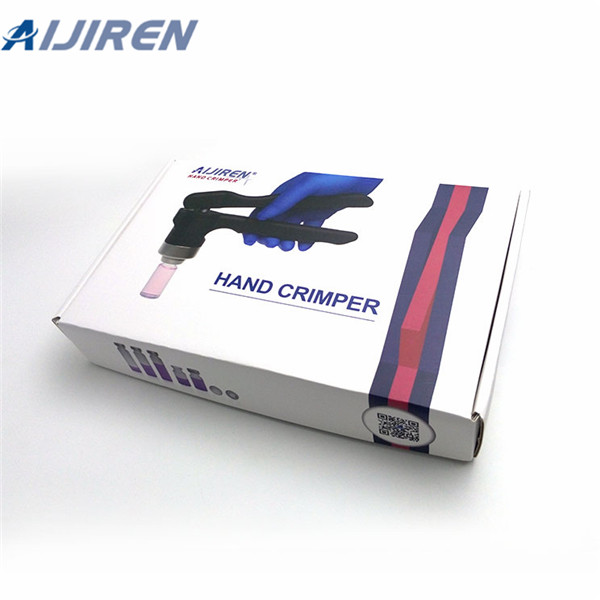
Buy Glass Vials – PremiumVials 1 Dram Clear Glass Vial – w/ Cap – Pkg of 144 india HPLC vials 1st hydrolytic class glass 51 expansion In this case 1st ...

Due to the demanding conditions that laboratory glassware is subjected to, maximum chemical toughness, minimum thermal expansion and high resistance to thermal